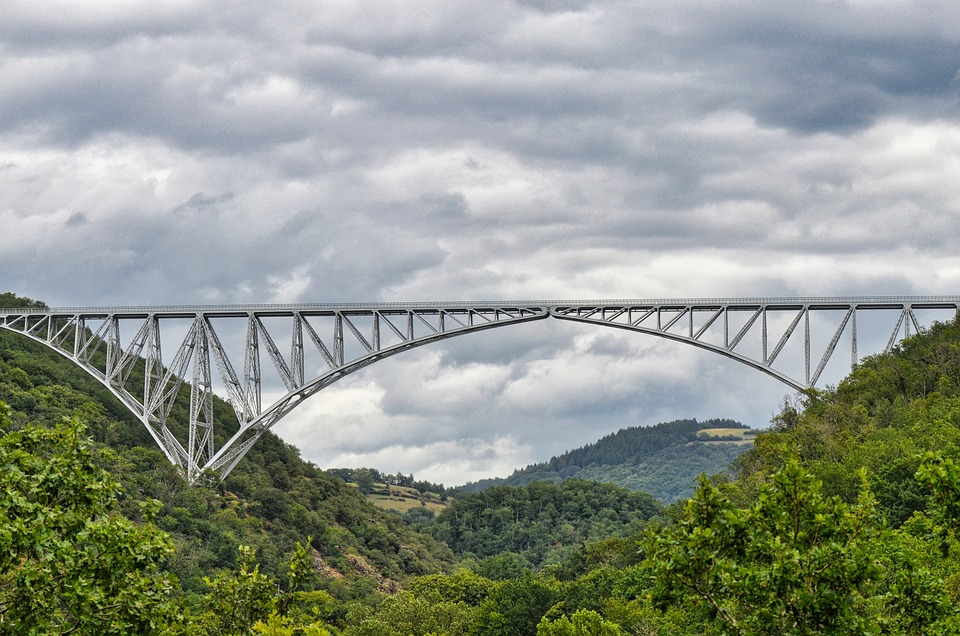Preserving Historical Landmarks: Why They Matter
In today’s fast-paced world, where new skyscrapers seem to pop up overnight and technology continues to advance at an unprecedented rate, it can be easy to overlook the importance of preserving our historical landmarks. However, these iconic structures and sites play a crucial role in connecting us to our past and providing us with a sense of identity and continuity. From ancient ruins to iconic buildings, historical landmarks serve as tangible reminders of where we come from and help us understand how our society has evolved over time.
A Link to Our Past
Historical landmarks serve as a link to our past, allowing us to step back in time and experience the world as it once was. These sites provide a window into the lives of our ancestors, allowing us to learn about the challenges they faced, the triumphs they achieved, and the values they held dear. By preserving these landmarks, we are able to pass down this knowledge to future generations and ensure that our history is not lost or forgotten.
One example of the power of historical landmarks is the Great Wall of China. This ancient structure, which stretches over 13,000 miles, serves as a testament to the ingenuity and perseverance of the Chinese people. By walking along its towering walls and imagining the countless workers who labored to build it, visitors are able to connect with the past in a tangible way and gain a deeper appreciation for the cultural heritage of China.
A Sense of Identity and Continuity
In addition to providing us with a link to our past, historical landmarks also play a crucial role in shaping our sense of identity and continuity. These sites help us understand where we come from and how we fit into the larger tapestry of human history. By preserving these landmarks, we are able to ensure that future generations have a connection to their heritage and a sense of continuity with the past.
For many people, historical landmarks serve as symbols of national pride and identity. The Statue of Liberty, for example, has long been a powerful symbol of freedom and democracy in the United States. By preserving this iconic monument, Americans are able to pay homage to their country’s values and history, ensuring that future generations understand the importance of these principles.
Lessons for the Future
In addition to providing us with a link to our past and a sense of identity, historical landmarks also offer valuable lessons for the future. By studying these sites, we are able to learn from the successes and failures of our ancestors and apply these lessons to our own lives. Whether it is through the innovative architecture of ancient civilizations or the cultural traditions of indigenous peoples, historical landmarks offer a wealth of knowledge that can help guide us in our own endeavors.
One example of this is the ancient city of Pompeii, which was buried under volcanic ash following the eruption of Mount Vesuvius in 79 AD. By excavating this site and studying its well-preserved ruins, archaeologists have been able to learn valuable lessons about urban planning, disaster preparedness, and the impact of natural disasters on society. These lessons have helped inform modern urban planning and disaster response efforts, ensuring that future generations are better prepared to face similar challenges.
Preservation Challenges
Despite the importance of historical landmarks, many of these sites are at risk of being lost forever due to neglect, natural disasters, and human activities. Preservation efforts face a number of challenges, including limited funding, lack of awareness, and competing interests for land use. Without a concerted effort to protect these sites, we run the risk of losing valuable pieces of our history and cultural heritage.
One example of a historical landmark facing preservation challenges is the ancient city of Machu Picchu in Peru. This iconic site, which was built by the Inca civilization in the 15th century, is at risk of being damaged by the increasing number of tourists who visit each year. Without proper conservation efforts, the delicate balance of preserving this site while allowing visitors to experience its beauty and history may be lost.
Conclusion
In conclusion, historical landmarks play a crucial role in connecting us to our past, shaping our sense of identity and continuity, and offering valuable lessons for the future. By preserving these iconic sites, we are able to ensure that our history and cultural heritage are not lost or forgotten. However, preservation efforts face a number of challenges, and it is crucial that we work together to protect these valuable pieces of our collective history. Only by valuing and preserving our historical landmarks can we ensure that future generations have the opportunity to learn from the past and appreciate the rich tapestry of human history.
